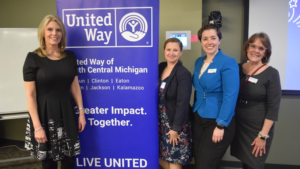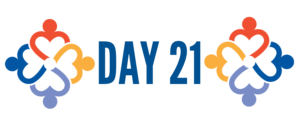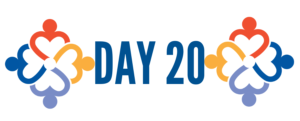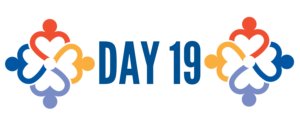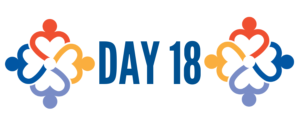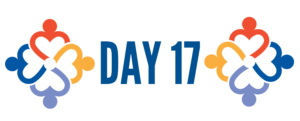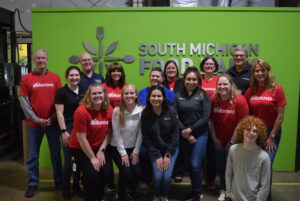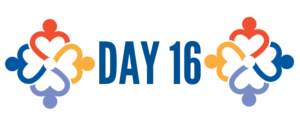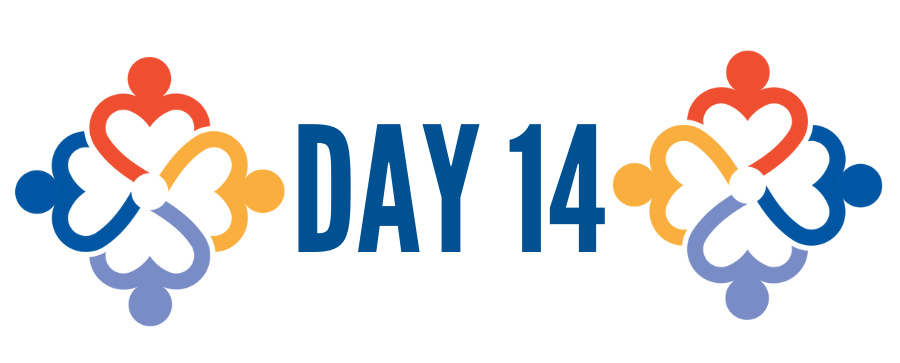
Day 14: Educational Equity
Educational equity means that all students have equal opportunities to access high quality education, safe and inclusive learning environments, and the tools they need to be successful. In the Supreme Court’s ruling of Brown v. Board of Education, the Justices delivered a unanimous decision that State-sanctioned segregation of public schools was unconstitutional. This ruling led to the integration of public schools, but it didn’t create educational equity for students. For example, almost all teachers and school leaders remained White and Black students were often subjected to increased discipline in a climate that did not affirm their identities. This history continues through to our schools today.
Historically, local public education systems were funded through the local tax base and property taxes. This has traditionally resulted in well-resourced, wealthy communities benefiting from more school funding. This has created huge gaps in access for BIPOC students, students with disabilities, English language learners, LGBTQIA+ students and other oppressed communities.
Children from families with low incomes enter high school with literacy skills 5 years behind and are 4 times more likely to drop out than those from high-income families. There is a growing digital divide in which not all students have access to tools many of us take for granted, such as smart phones, computers, internet and more. This continues to widen the access gap for students in rural and low-income areas.
Black students are less likely than White students to have access to college-ready courses. Only 57 percent of Black students have access to the full range of math and science courses necessary for college readiness, compared to 71 percent of White students.
Nationally, only 65 percent of students with disabilities graduate from high school compared to 86 percent of students without disabilities. Only seven percent of students with disabilities graduate from college.
In a 2021 survey of LGBTQ+ students, 68% of LGBTQ+ students reported feeling unsafe in school because of their sexual orientation, gender identity and/or gender expression. 32.2% of LGBTQ+ students missed at least one entire day of school in the prior month because they felt unsafe or uncomfortable with 11.3% missing four or more days in the prior month.
Disparities in educational equity are complex. What we do know is that affirming curriculum, culturally intelligent teachers and administrators, access to necessary tools and accommodations, and an inclusive school climate do make a difference in increasing educational equity.
Today’s Challenge
Read:
4 Ways Racial Inequity Harms American Schoolchildren [3 min read] This article highlights four things to know about how racial inequity affects the nation’s school children.
What School Is Like for LGBTQ Students, By the Numbers by Eesha Pendharker (Oct 2022). [4 min read] This article uses student survey data to share the story of how LGBTQ+ students are experiencing school spaces. The lack of safety and supports for LGBTQ+ students are highlighted.
For Students with Disabilities, Quality of Education can Depend on Zip Code by Rebecca Klein (Dec 2017) [5 min read] Explore the challenges students with disabilities face accessing a quality education. Klein captures how education for students with disabilities has evolved while highlighting the many challenges students still face including vastly different resources from district to district.
Native American Students Left Behind by S.D. Education System [14 min read] This special report examines the historical and current educational achievement gap between Native American and White students in South Dakota.
Watch:
How America’s Public Schools Keep Kids in Poverty [10 min watch] A Boston teacher shares how schools in low-income neighborhoods across the U.S., specifically in communities of color, lack resources that are standard at wealthier schools — things like musical instruments, new books, healthy school lunches and soccer fields — and this has a real impact on student success
Listen:
On Point: Part I – Achievement Gap, Or Opportunity Gap? What’s Stopping Student Success [47 min listen] This is the first episode of a 2019 series from WBUR focused on seeking solutions to persistent problems in American education. This first episode if focused on understanding disparities and how they came about.
Discussion:
- Consider your identities and those of the teachers and school leaders you had in school. Did you grow up learning about people who shared your identities in school? How might your experience of school and learning been different if that had been different?
- What stories have you been told about success? What if you found out that your success was largely predicted by the zip code you grew up in? Does that change how you think about your own life path? How about how you think about others’ life paths?

